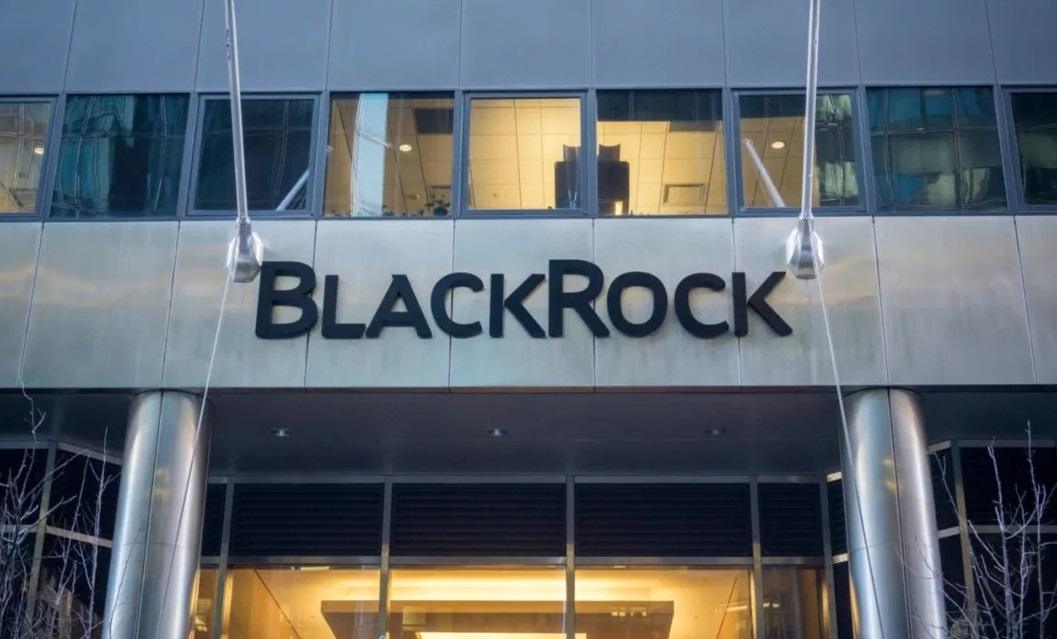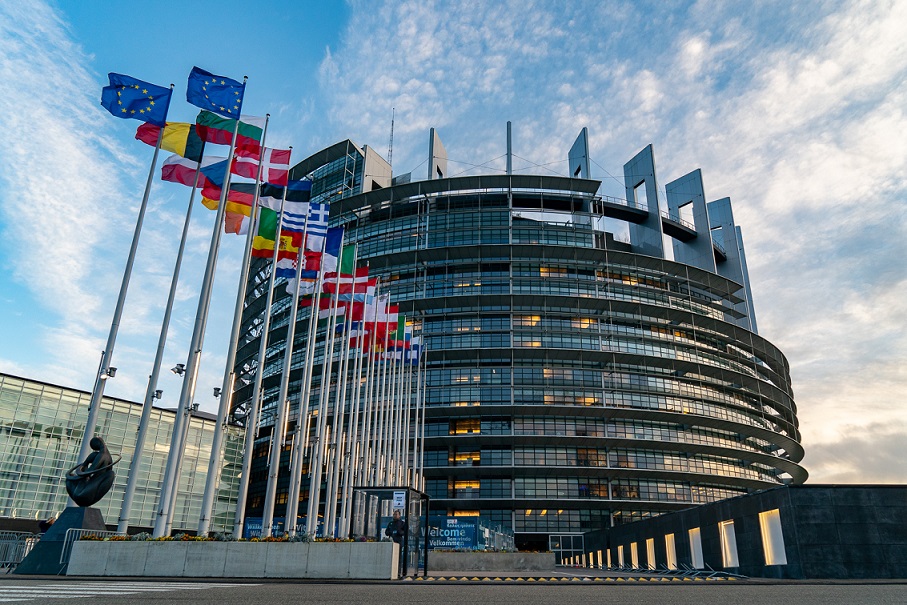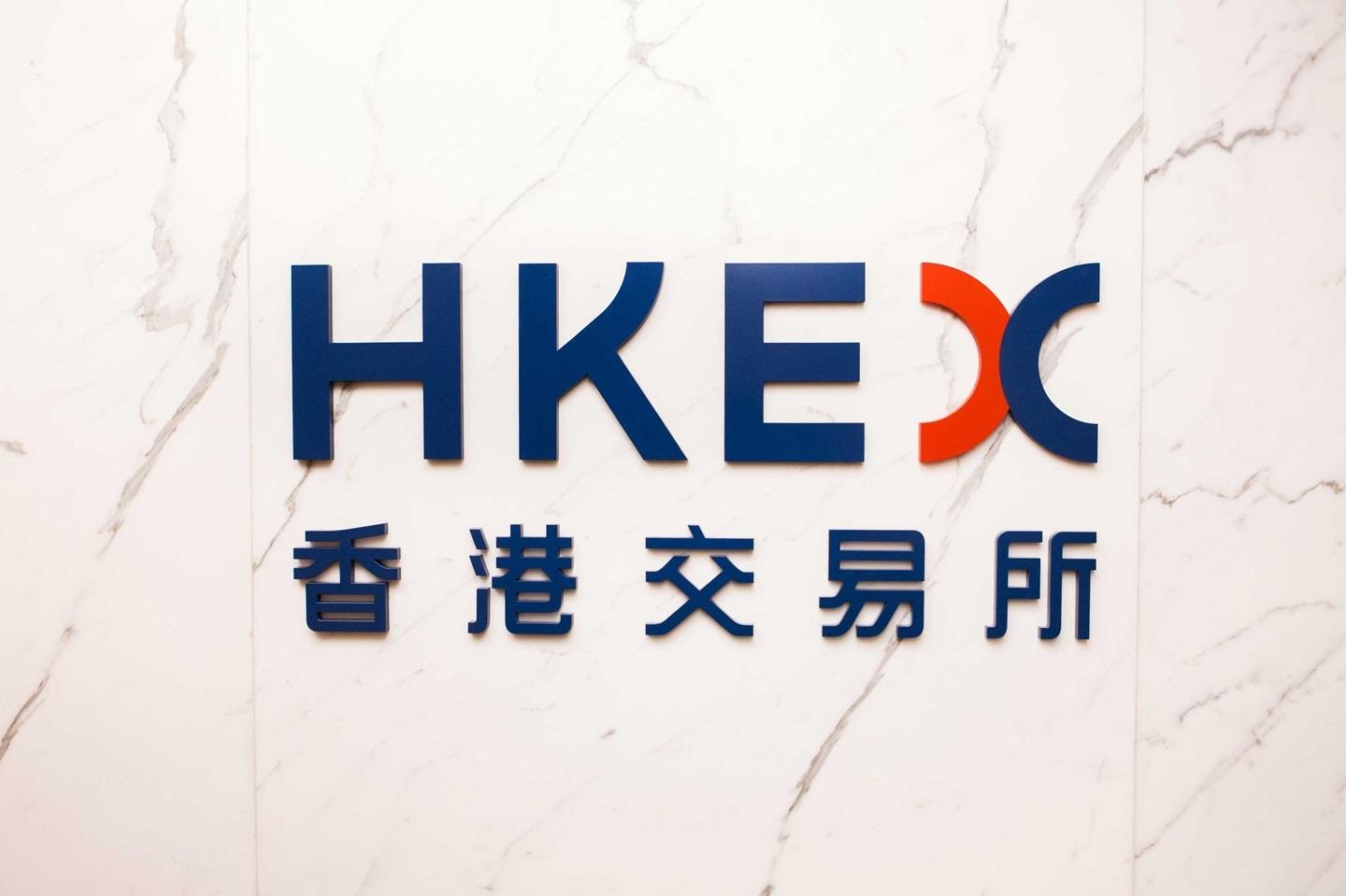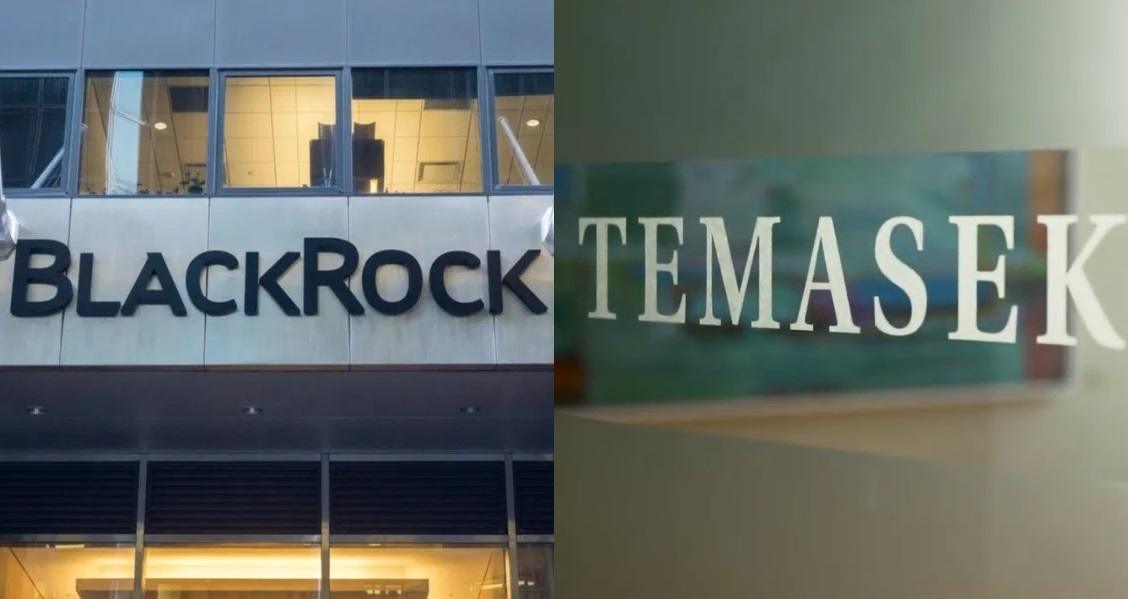BlackRock Launches Solution for Financials and Investors to Quantify Climate Risk in Portfolios
BlackRock, the world’s largest asset manager, announced today the launch of Aladdin Climate, a software-based solution enabling financial institutions and investors to quantify and measure the physical risk of climate change and the transition risk to a low-carbon economy on their portfolios, using climate-adjusted security valuations and risk metrics.
According to BlackRock, the new platform will enable investors analyze climate risk and opportunities at the security level and measure the impact of policy changes, technology, and energy supply on specific investments.
Rob Goldstein, BlackRock’s Chief Operating Officer, said:
“There is no single issue that clients ask us more about than the impact of climate risk on their portfolio. Yet, while lots of people are talking about climate risk today, what investors need to make informed decisions is data tied to specific securities in their portfolio. Aladdin Climate is a dramatic step forward to begin filling the information gap necessary to build truly sustainable portfolios.”
BlackRock stated that Aladdin Climate will initially be available as an add-on for existing clients of the firm’s Aladdin portfolio management operating system platform, with asset class coverage rolled out gradually over the course of 2021.
BlackRock has become increasingly active on promoting sustainable investing practices and on ESG engagements with companies, particularly on the climate front. Early this year, BlackRock CEO Larry Fink sent a letter to company CEOs indicating the investment manager’s increased action on confronting climate change through its investment and engagement practices.
BlackRock has also advocated for greater transparency on sustainability issues, promoting the use of the Task Force on Climate-related Financial Disclosures (TCFD) framework and SASB standards by companies in their reporting. According to BlackRock, organizations are increasingly looking to report on climate risk, whether for mandatory stress tests or voluntary disclosures such as TCFD recommendations, but have lacked tools that quantify climate risk. The company stated that Aladdin Climate will help clients stress test investments to estimate how they might perform in different climate scenarios like those outlined in the Paris Agreement.
Mary-Catherine Lader, Head of Aladdin Sustainability at BlackRock, said:
“We are building on BlackRock’s strength in financial modeling and risk management to set a standard for climate risk analytics. Aladdin Climate analyzes climate risk alongside traditional risk metrics for a holistic view of risk across the investment process, all integrated in existing Aladdin workflows. Investors can now analyze tough questions about rising sea levels’ potential impact on their portfolios, or how a rapid shift to low-carbon policies could affect specific companies.”





